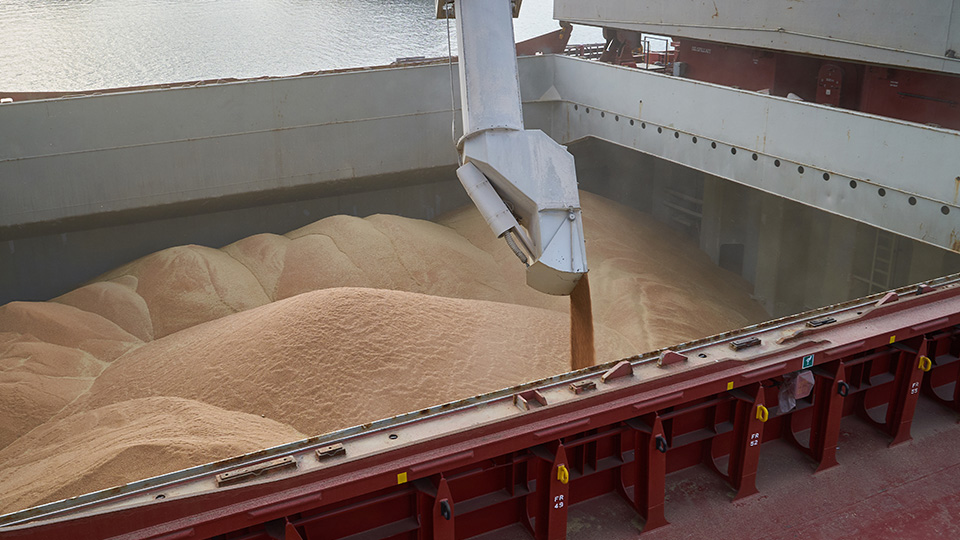
CONTACT BIMCO
Ai Cheng Foo-Nielsen
Manager, Maritime Information
Copenhagen, Denmark
- +45 4436 6856
- marinfo@bimco.org

We get questions on the angle of repose for the loading of dry solid bulk cargoes, which has implications under the International Maritime Solid Bulk Cargoes (IMSBC) Code which can be complex to understand. This article explains the use of the angle of repose, when it is needed and why it is important for the safety of the ship, crew and cargo.
Under the IMSBC Code, the angle of repose (AoR) is defined as the maximum slope angle of non-cohesive (i.e. free-flowing) granular material. It is measured as the angle between a horizontal plane and the cone slope of such material.
The AoR, when applicable, is also part of the cargo information which the shipper is statutorily obliged to provide under SOLAS reg VI/2 and section 4 of the IMSBC Code.
But when is the AoR information needed for a shipment of a solid bulk cargo under the IMSBC Code? Do we need such information for all solid bulk cargoes under the IMSBC Code? What must the master do with the AoR information obtained, in order to comply with the relevant requirements of the IMSBC Code?
The answers to all the above questions can be found in our BIMCO Cargo section/IMSBC Code/Angle of Repose where we provide a full explanation and the necessary compliance required under the IMSBC Code.
Stay ahead and get the news faster. Subscribe to our newsletters for timely updates, expert analysis and exclusive content.